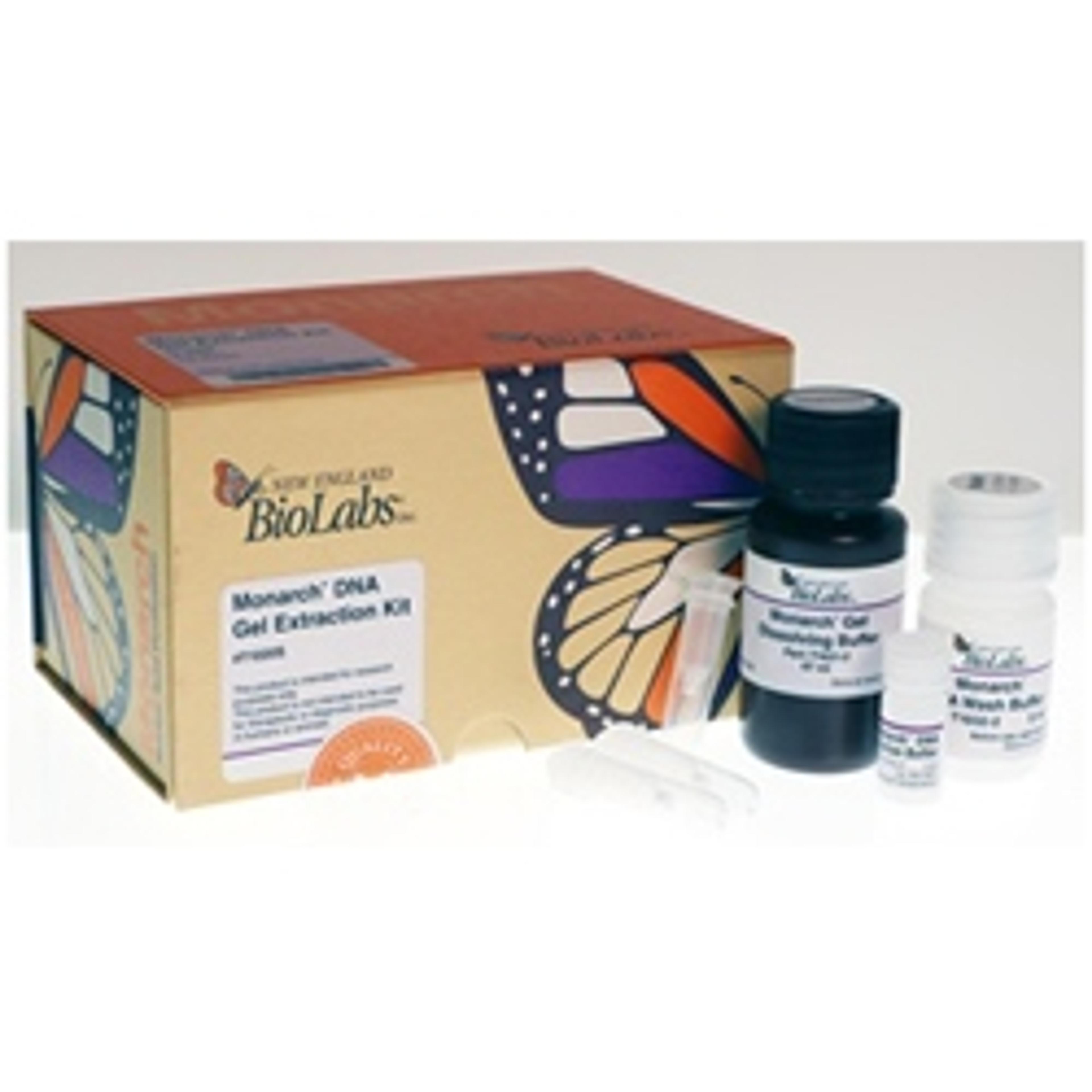New England Biolabs launches Primer Monitor Tool for tracking SARS-CoV-2 variants that may impact primers used in diagnostic assays
This open access tool, powered by data supplied by GISAID, provides virologists and COVID-19 test developers insight to the latest viral variants and primer designs used around the world
23 Jun 2021
New England Biolabs (NEB®), a leading supplier of reagents for life sciences, has announced the launch of a web-based tool for monitoring the emergence of SARS-CoV-2 variants and their potential impact on COVID-19 diagnostic tests. The Primer Monitor Tool, which is updated regularly, provides simple visualization of known variants identified in the SARS-CoV-2 genome and offers insight into where commonly used or user-defined primer set assessment may be worthwhile.
As the SARS-CoV-2 virus has continued to spread and mutate, concerns have been raised about the effectiveness of current diagnostic tests to detect new strains of the virus. The U.S. Food and Drug Administration (FDA) issued guidance advising COVID-19 diagnostic developers to evaluate the impact of emerging and future SARS-CoV-2 variants on current diagnostic tests by routinely monitoring sequence alignment of primer/probe sequences with open access SARS-CoV-2 genomes databases such as GISAID, a global science initiative and primary source that provides open-access to genomic data of influenza viruses and the novel coronavirus responsible for COVID-19.
“With the issuance of the FDA guidance, we saw a need for creating an online tool for diagnostic researchers and developers that visualizes all of the SARS-CoV-2 genomic data and variant strains uploaded to the GISAID database,” said Steven Chiu, Product Marketing Manager, DNA Amplification, at NEB. “The tool is pre-loaded with commonly used primer sequences from SARS-CoV-2 qPCR and LAMP assays and ARTIC sequencing workflows (currently v3). Users can monitor those predefined primer sets as well as upload their own sequences of interest, with the option to subscribe and be alerted should variation cross a specified threshold in a geographic region of interest.”
Want the latest science news straight to your inbox? Become a SelectScience member for free today>>

